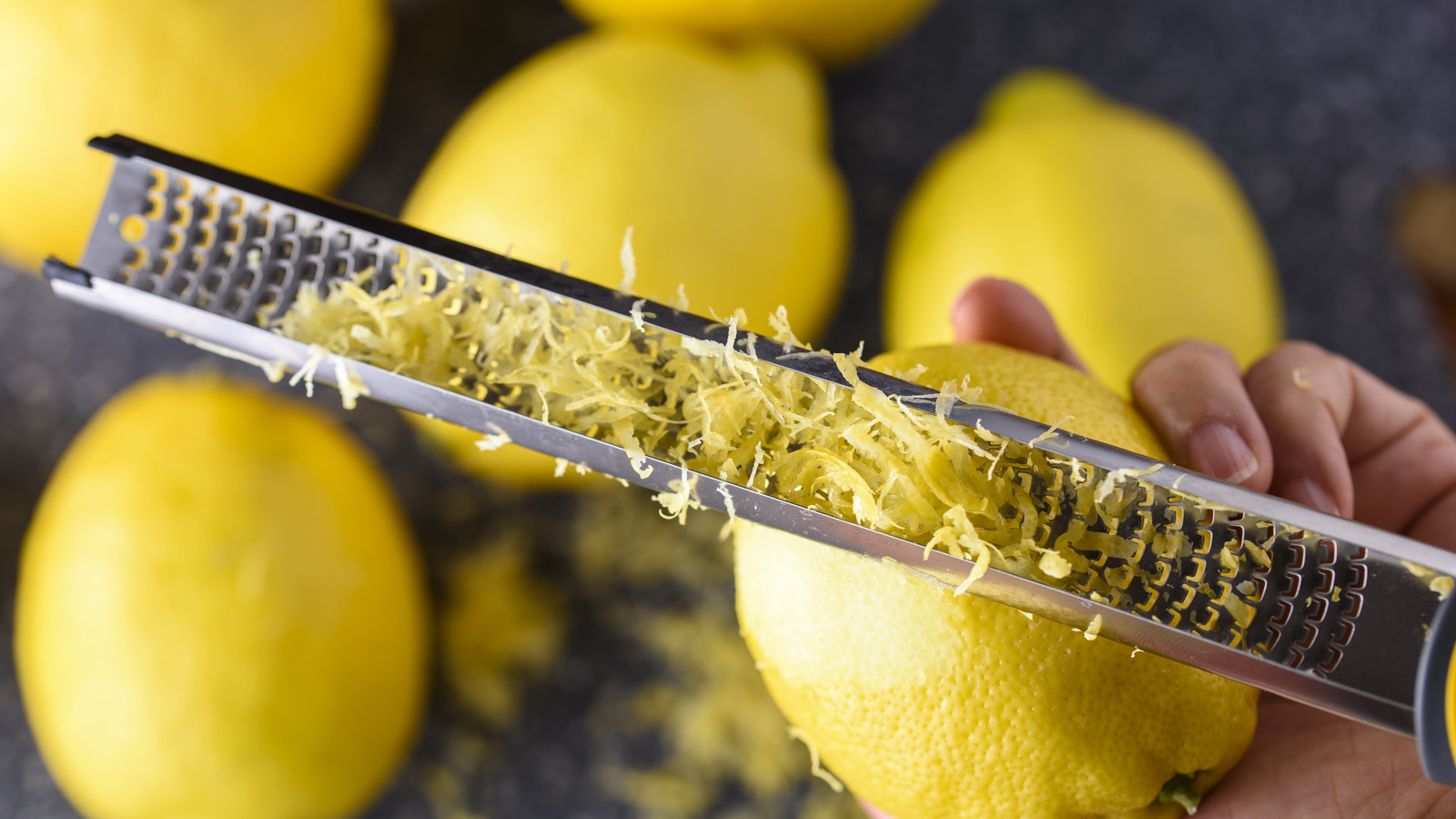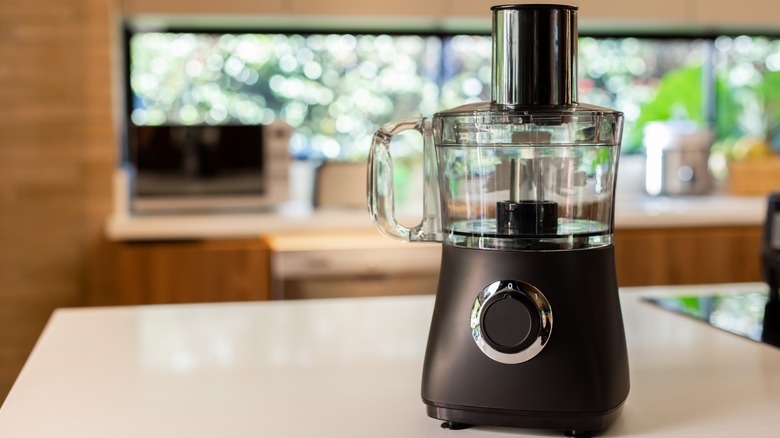A little bit of lemon can completely transform a recipe, and one of the most popular ways to incorporate it is through zesting, which imparts all of the flavor without all of the acidity and extra liquid. Zesting a lemon basically entails scraping away some of its outermost peel, or the flavedo. This part of the lemon has a lot of unacidic, essential oils that are packed with flavor. But lemon peel is extremely tough and chewy, so cooks usually grate lemons against a citrus zester to obtain minuscule pieces of it.
There are other ways to zest a lemon if you don’t have this handy tool, however, including using a box grater, chopping the peel up in a food processor, or cutting up slices with a knife or vegetable peeler. The quickest method is to use a box grater. The pieces will be slightly larger, but this shouldn’t matter too much.
Simply move the whole lemon in a downward motion against the smallest holes of the grater, applying a little bit of pressure and rotating it around it as you go. Be careful not to cut into the inner layer of the rind, known as the pith. The pith is coarse, and it creates a very bitter flavor when it’s rubbed with zest. This can be a good thing when it comes to fancy cocktail garnishes, but not so much for other recipes.
Chop the peel in a food processor
Food processors are always saviors in batch cooking. Creamy hummus recipes, sauces, nut butters — you name it, and a food processor can probably chop it. They can even save you time when zesting lemons. Citrus zesters are great, but it can take a while to zest a whole batch of lemons. However, if you have your trusty food processor, you can use it for a zesting shortcut and be done in minutes.
All you need to do is cut off some peel, place it in the bowl, and pulse until it has a fine texture. The flavor will remain the same – and you can save your arms from a workout. Again, make sure you don’t hit the pith when you’re cutting the peel. You want to barely scrape the knife against the very edge of the rind in a horizontal motion to create thin strips. A sharp knife will work, but a vegetable peeler also does wonders. And speaking of vegetable peelers …
Use a vegetable peeler or knife
If you don’t have a food processor, you can also zest citrus with just a paring knife. Simply cut the peel off as you would for the food processor method, and chop it into tiny pieces yourself. It requires a little more effort, but it works. Again, just lightly slice off the outside of the rind with a sharp knife and chop the pieces up to your heart’s content. You can keep going until it reaches the same texture as grated zest, but larger chunks work fine too sometimes, as if the zest is acting as a topping for baked goods or a garnish.
A vegetable peeler will speed up the process further. Peel off strips of the rind and then chop with your knife. Serrated knives are also great as they help release the oils in the rind. If all else fails, you can always scrape against the rind with a fork, but these other methods will probably be a little less frustrating.







